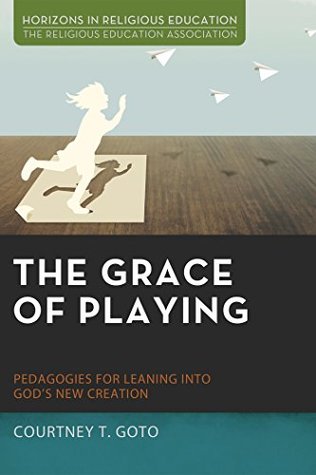As is true of playing in general, the playing of saints was a sophisticated, original weaving of an in-between experience (in what Winnicott describes as an “intermediate area of experiencing”) to which “inner reality and external life contribute[d].”318 Like all Christians, the saints experienced inner longings, images, and devotion for Christ. In order for these to be expressed, they needed a vehicle that others could also experience—a doll or the phenomenon of the fool. Winnicott would say they needed some “fragment” derived from shared reality.319 The
Welcome back. Just a moment while we sign you in to your Goodreads account.


